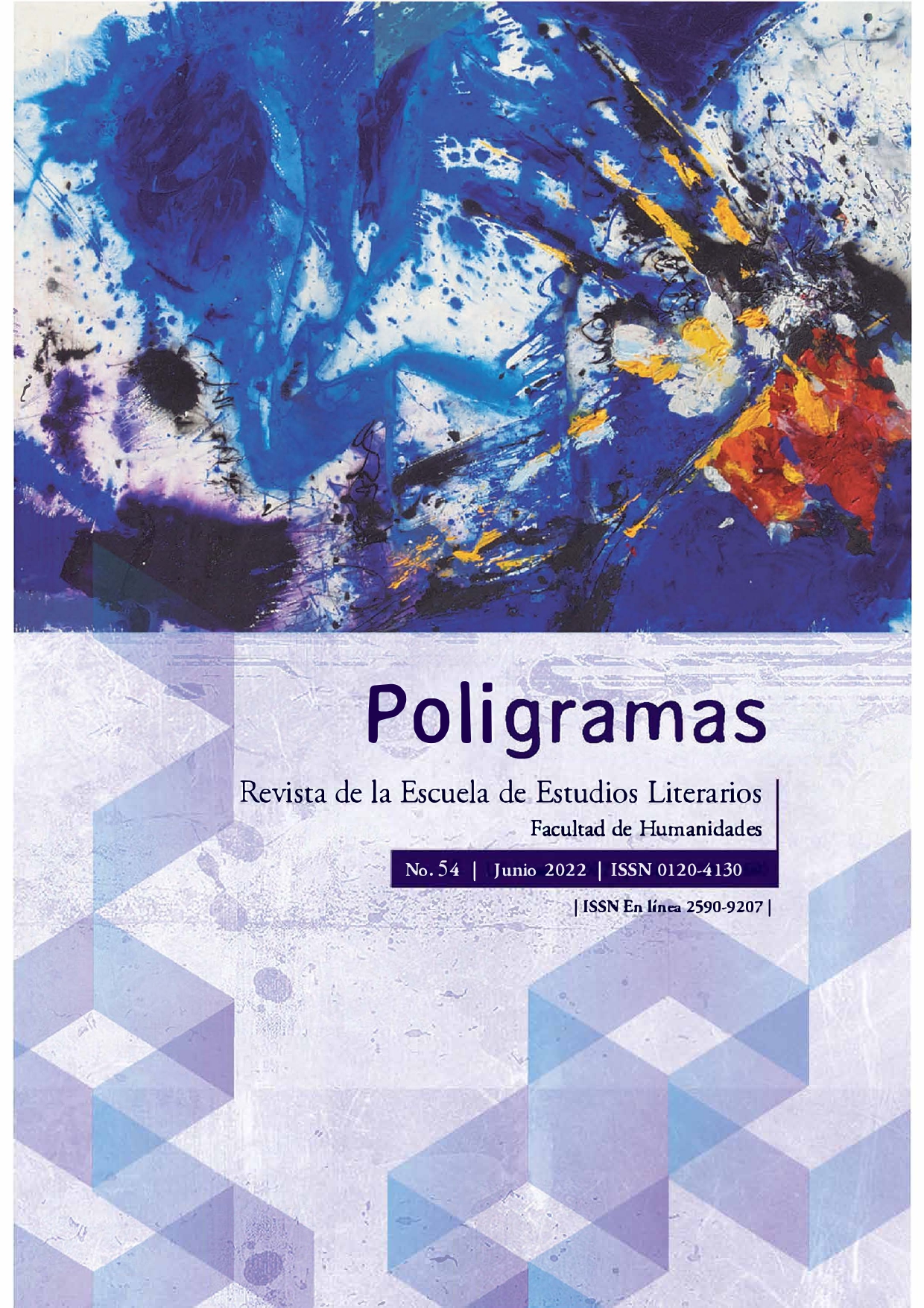Urban crime and rural crime: similarities and differences since No habrá final feliz and Lituma en los Andes
Main Article Content
This article will observe some elements related to the environment (Mexican city, Andean countryside) that differ and resemble the crimes that happen in two crime novels that are part of the Latin-American crime story (neo-policial): No Happy Ending (1981) by Paco Ignacio Taibo II and Death in the Andes (1993) by Mario Vargas Llosa. At the beginning appears an introduction to the plot of both novels for observing after, with detail, the similarities and differences of their crimes, detectives and processes, especially since three categories: organized crime, mythical violence and the pair ritual sacrifice and spectacle-crime. After the comparative analysis, it has been seen that a group caused all the researched deaths in a premeditated way, they answer to a possible mythical violence (which is violent negation of a violent origin that provokes chaos and looks like impossible to face) and they are as frequent that conduce to a normalization of the crime.
- City
- countryside
- mythical violence
- neo-policial novel
- organized crime
Aguirre, Carlos. “Terruco de m... Insulto y estigma en la guerra sucia peruana”. Histórica. 35 (1). 2011: 103-139. Biblat. Web. 28 de febrero de 2020. https://biblat.unam.mx/hevila/HistoricaLima/2011/vol35/no1/3.pdf
Bolaño, Roberto. Los detectives salvajes. Bogotá: Alfaguara. 2016. Impreso.
Brú, José. “Un detective a la mexicana: Paco Ignacio Taibo II”. Lectures du récit policier hispano-américain. Angers: Groupe de Recherches Inter-Langues (GRILUA), Université d'Angers, 2006, 67-73. Impreso.
Campbell, Federico. “Crimen de estado”. Máscara Negra. Ciudad de México: Joaquín Mortiz, 1995, 194-197. Impreso.
Chandler, Raymond. “El simple arte de matar”. [1944]. Web. 7 de marzo de 2020. http://www.elboomeran.com/upload/ficheros/obras/el_simple_arte_de_matar.pdf
Chesterton, Gilbert Keith. “El valor de los relatos detectivescos”. Cómo escribir relatos policiacos. Barcelona: Acantilado, 2011. 237-240. Impreso.
Fuentes, Carlos. Adán en Edén. Ciudad de México: Alfaguara. 2009. Impreso.
Lattes, Alfredo. “Población urbana y urbanización en América Latina”. Pensamiento Iberoamericano. Revista de Economía Política, 28. 2000: 49-76. Web. 3 de marzo de 2020. https://biblio.flacsoandes.edu.ec/catalog/resGet.php?resId=19146
Pardo, Carlos. El detective y la ciudad. El espacio urbano en las novelas de detectives de Paco Ignacio Taibo II y Leonardo Padura Fuentes. Medellín: Universidad de Antioquia. 2017. Impreso.
Poniatowska, Elena. La noche de Tlatelolco. Ciudad de México: Ediciones Era. 1998. Impreso.
Rivera, Julio. El crimen organizado. Ciudad de Guatemala: Instituto de Estudios en Seguridad. 2011. Universidad Galileo. Web. 3 de marzo de 2020. https://www.galileo.edu/ies/files/2011/04/EL_CRIMEN_ORGANIZADO-IES.pdf
Ruiz, Eduardo. “La descomposición del estado político y el surgimiento del estado narco en tres novelas mexicanas (1969-2008)”. Transmodernity: Journal of Peripheral Cultural Production of the Luso-Hispanic World. 9 (1). 2019: 35-54. eScholarship. Web. 27 de marzo de 2020. http://dx.doi.org/10.5070/T491044219
Sun, Haiqing. “A journey lost in Mystery: Vargas Llosa’s Death in the Andes”. Detective fiction in a Postcolonial and transnational World, editado por Nels Pearson y Marc Singer, Routledge, 2009, págs. 97-105. Impreso.
Taibo II, Paco Ignacio. “La ‘otra’ novela policiaca”. Los cuadernos del Norte. 8 (41). 1987: 36-41. Centro Virtual Cervantes. Web. 15 de febrero de 2020. https://cvc.cervantes.es/literatura/cuadernos_del_norte/pdf/41/41_36.pdf
Taibo II, Paco Ignacio. No Habrá Final Feliz. Nueva York: Harper Rayo. 2009. pp.400-503. Impreso.
Vargas Llosa, Mario. Lituma en los Andes. Buenos Aires: Clarín-Editorial Planeta. 2001. Impreso.
Downloads

This work is licensed under a Creative Commons Attribution-NonCommercial-NoDerivatives 4.0 International License.





